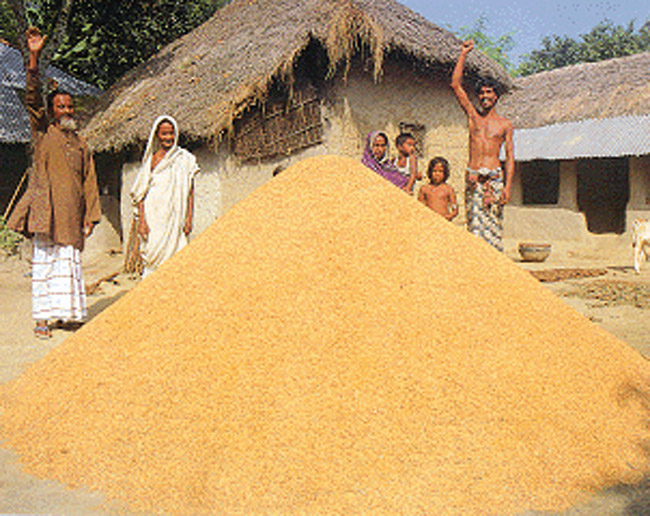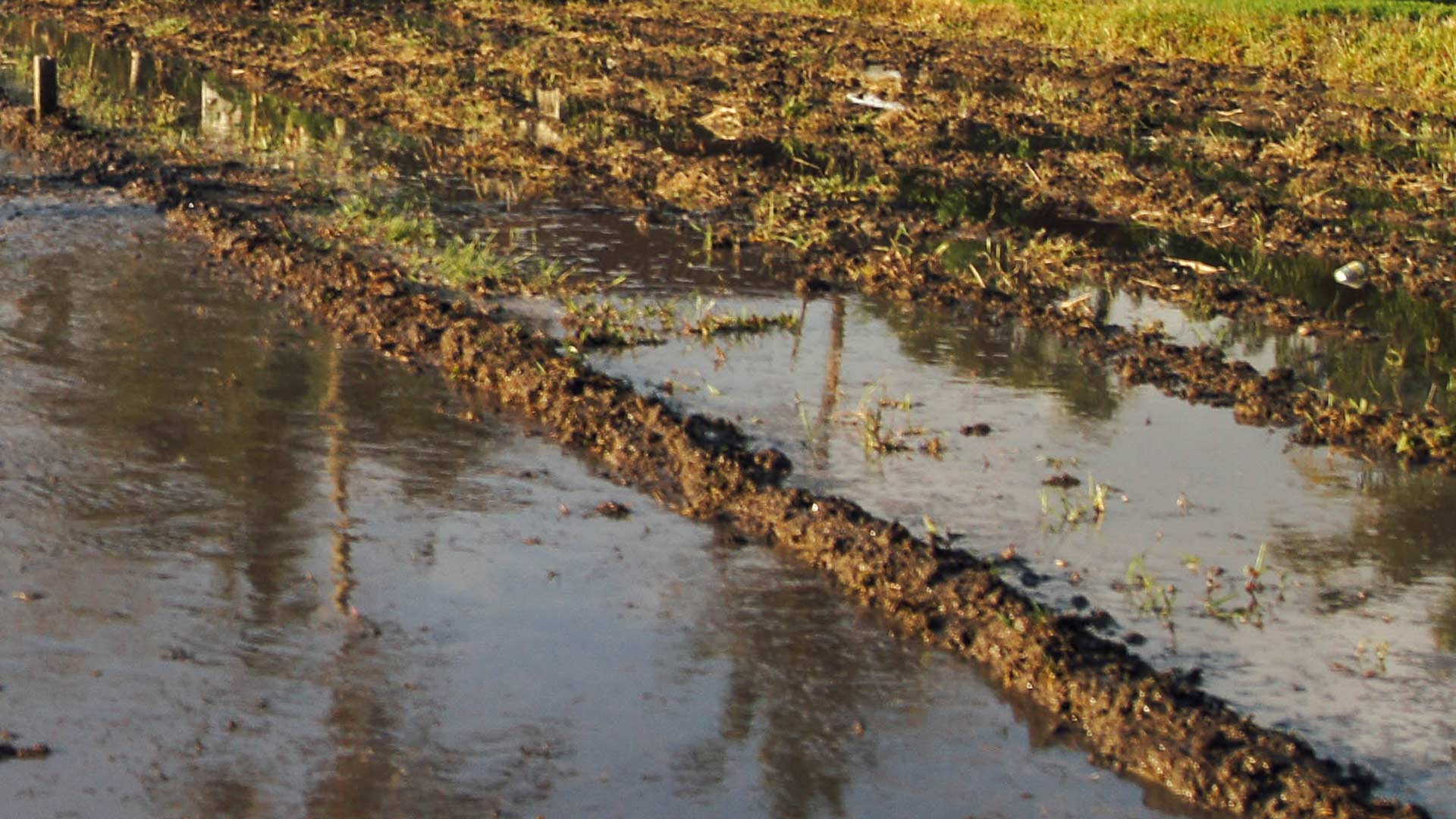Pedaling out of poverty
An in-depth study by Prof. Tushaar Shah has revealed that the Treadle Pump is indeed a very effective instrument for poor farmers to get out of poverty. The study is entitled “Pedaling out of Poverty”, and the conclusions are reproduced here (click here to download the study):
“This study was designed to examine if the picture is indeed as rosy as IDE suggests. Some 3000 poor households—adopters and potential adopters–were interviewed in six locations: North Bengal, Eastern Uttar Pradesh, Nepal Terai, North Bihar, Coastal Orissa and North West Bangladesh. A special study on gender was carried out, too. Numerous other field studies were consulted to derive the main conclusions which are as follows:
- Treadle pump technology does ‘self-select’ the poor; however, the first-generation adopters tend to be the less poor; the poorest wait for ‘validation’ before adoption;
- Early adopters are neither more literate nor do they have more surplus family labour; they just seem to have easy access to capital; Treadle pump adoption transforms small-holder farming systems in different ways in different sub-regions;
- in North Bengal and Bangladesh, adopters take to cultivation of HYV rice in boro season; elsewhere, adopters turn to vegetable cultivation and marketing;
- Adoption invariably results in increased land-use intensity, and thus has a powerful ‘land-augmenting’ effect; however, adopters also resort to ‘priority cultivation’; they provide crop-saving irrigation in a large part of their holding but practice highly intensive farming in the ‘priority plot’;
- Because of highly intensive cultivation of treadle pump irrigated plots, average crop yields on these are much higher than obtained by farmers using diesel pumps or other irrigation devices;
- Overall income impact is the product of: increased land-use intensity, increased proportion of high value crops; and improved crop yields; income impact varied across households and regions; but $100/year as average increase in annual net income seems a conservative estimate; at least 20% of adopters earn US $ 5-600 more per year in net terms;
- Household level impact of treadle pump adoption takes two forms: less enterprising among the poor use it to bring their surplus family labour under productive use; their gain is an ‘implicit wage’ on family labour that is 1.5-2.5 times the market wage rate.
- In contrast, the more enterprising among the poor use treadle pump irrigation to make a transition from ‘subsistence farming’ to intelligent commercial farming; it is these who evolve and use new ideas like early planting to beat the market-glut, husbanding hired diesel pump irrigation with treadle pump irrigation, priority application of inputs, building market linkages, growing new types of vegetables, and so on; these earn much more from treadle pump irrigation—only a small part of their increased earning is return to their labour; the bulk of it is return to their entrepreneurial effort—innovating, risk-taking, searching for new market opportunities, and so on.


Learning from the US$ 500 treadle pump farmers
The treadle pump is a simple low-cost water lifting technology that costs around US$ 25 in India. It has enabled millions of smallholders in India, Bangladesh and other countries in Asia and Africa to increase their income dramatically. Up to now, over 2.5 million pumps have been sold worldwide.
A study in Bangladesh has shown that marginal treadle pump farmers with less than half an acre of land increased their annual income by an average of US$ 100. However, it was also noted that around 20 per cent of
the farmers managed to generate US$ 500 additional income per year – five times above average. Why this difference ? How are the US$ 500 farmers different from the US$ 100 farmers ? An analysis showed that the US$ 500 farmers produce more vegetables for the market, use adequate external inputs ( mainly seed and fertiliser ), schedule their crops carefully, have a high cropping intensity, and their return per acre is generally higher, although, some of them simply cultivate more or better quality land.
The US$ 500 farmers have managed to advance to the local high-value league, by producing the right product
in the right way in terms of quantity, quality and timing.

